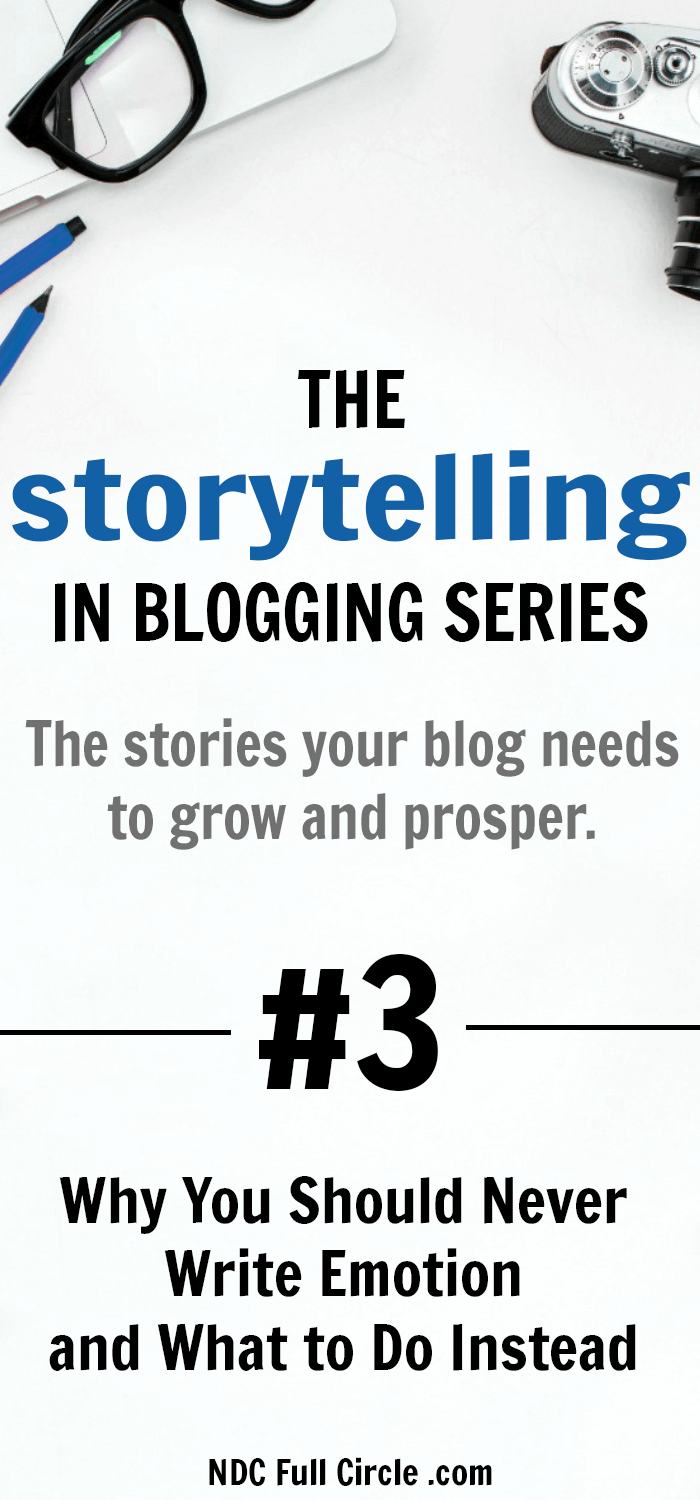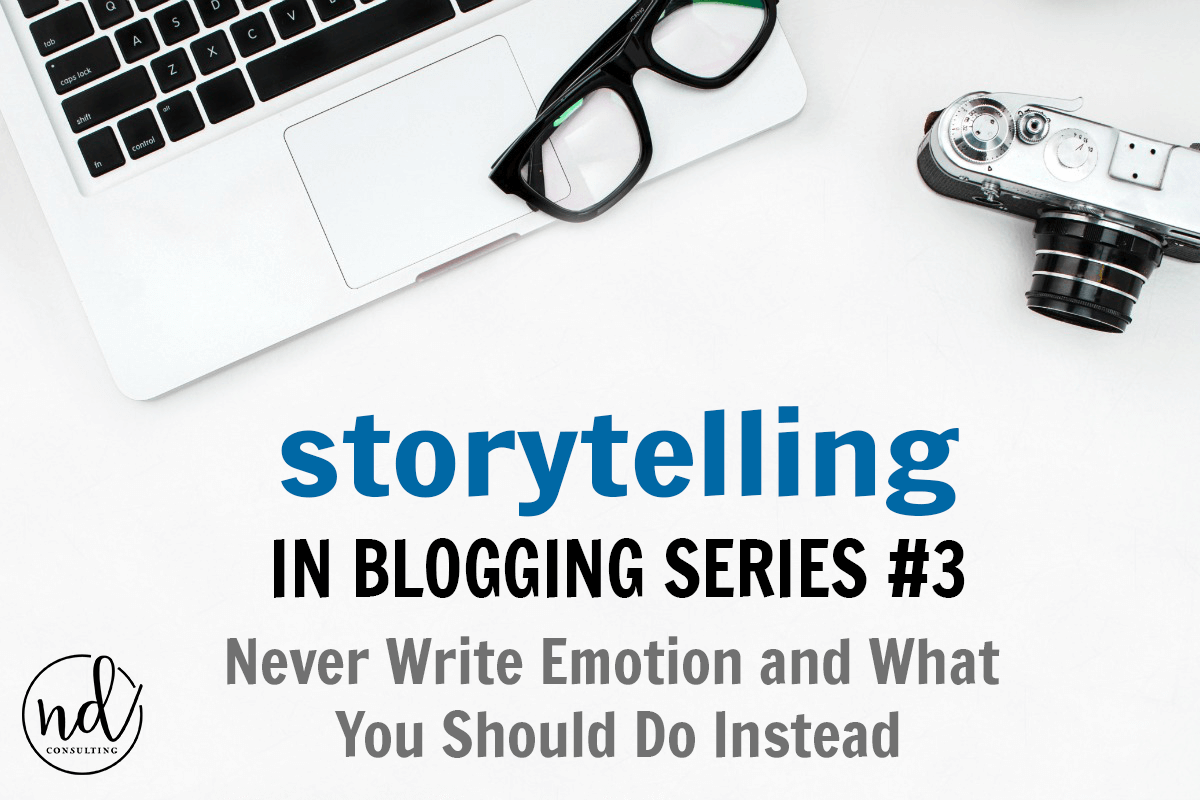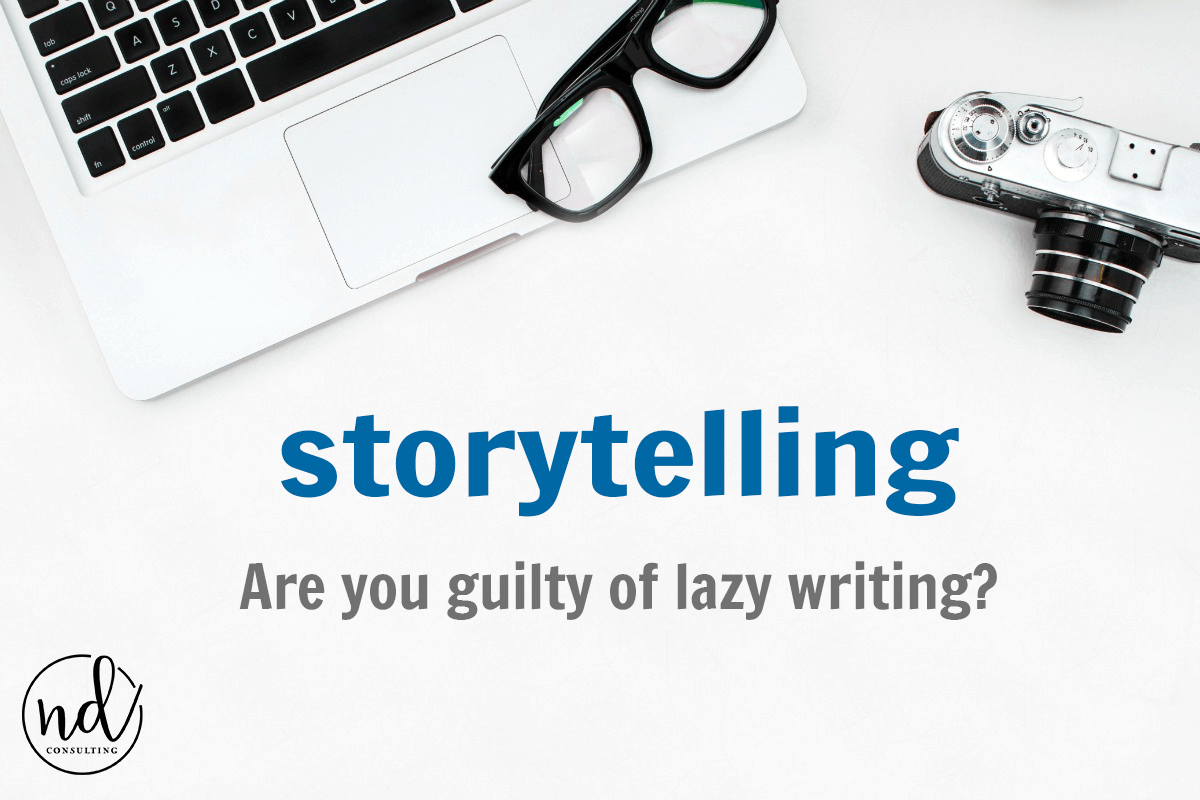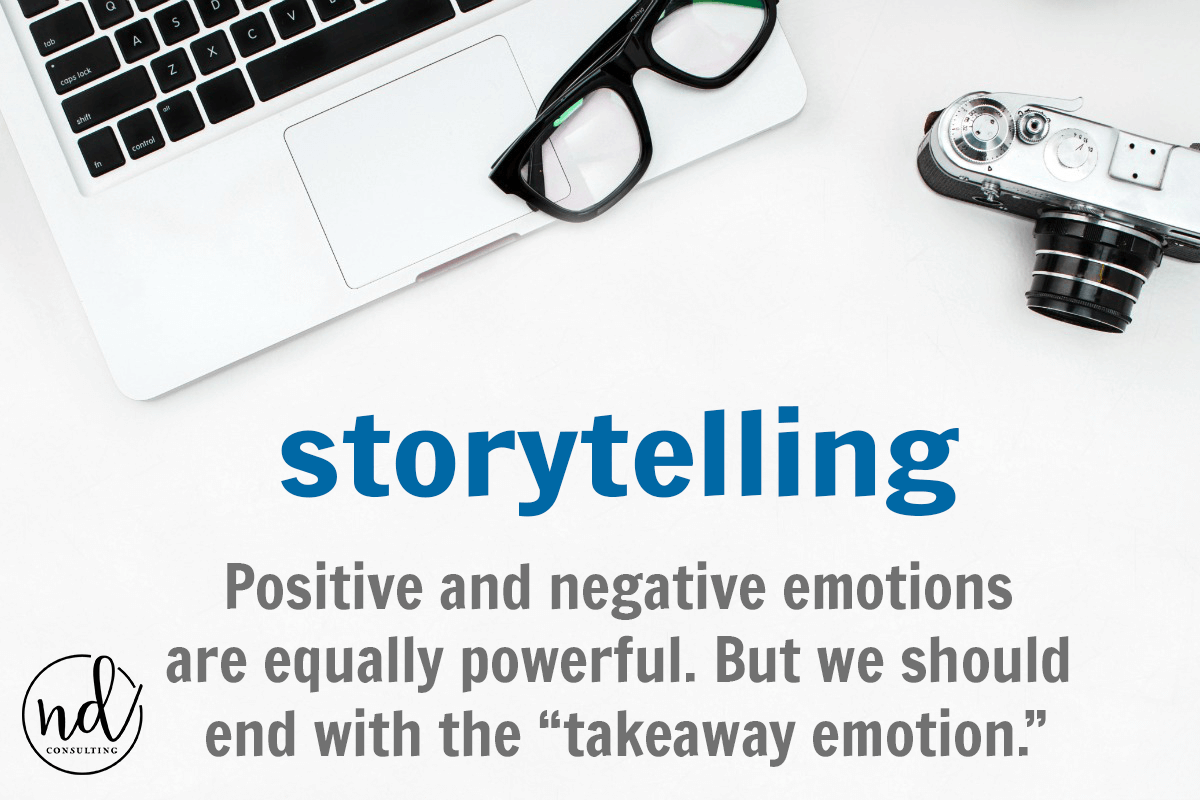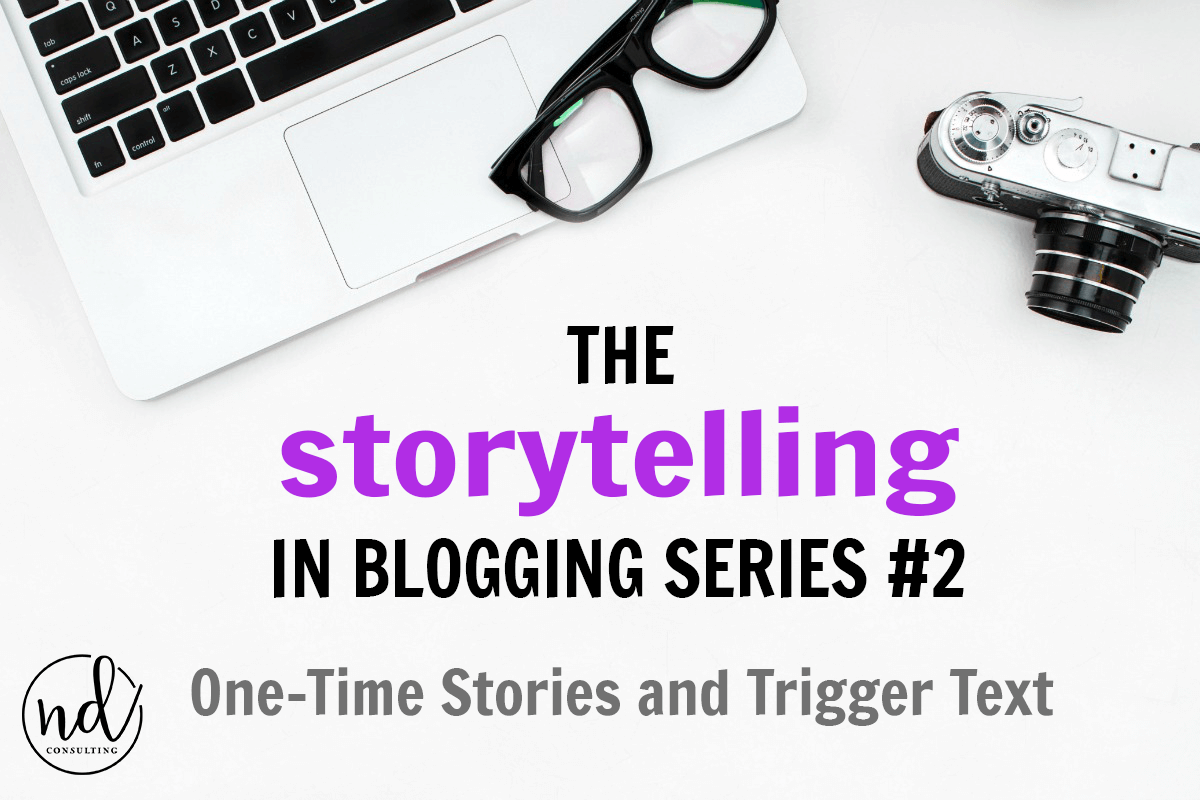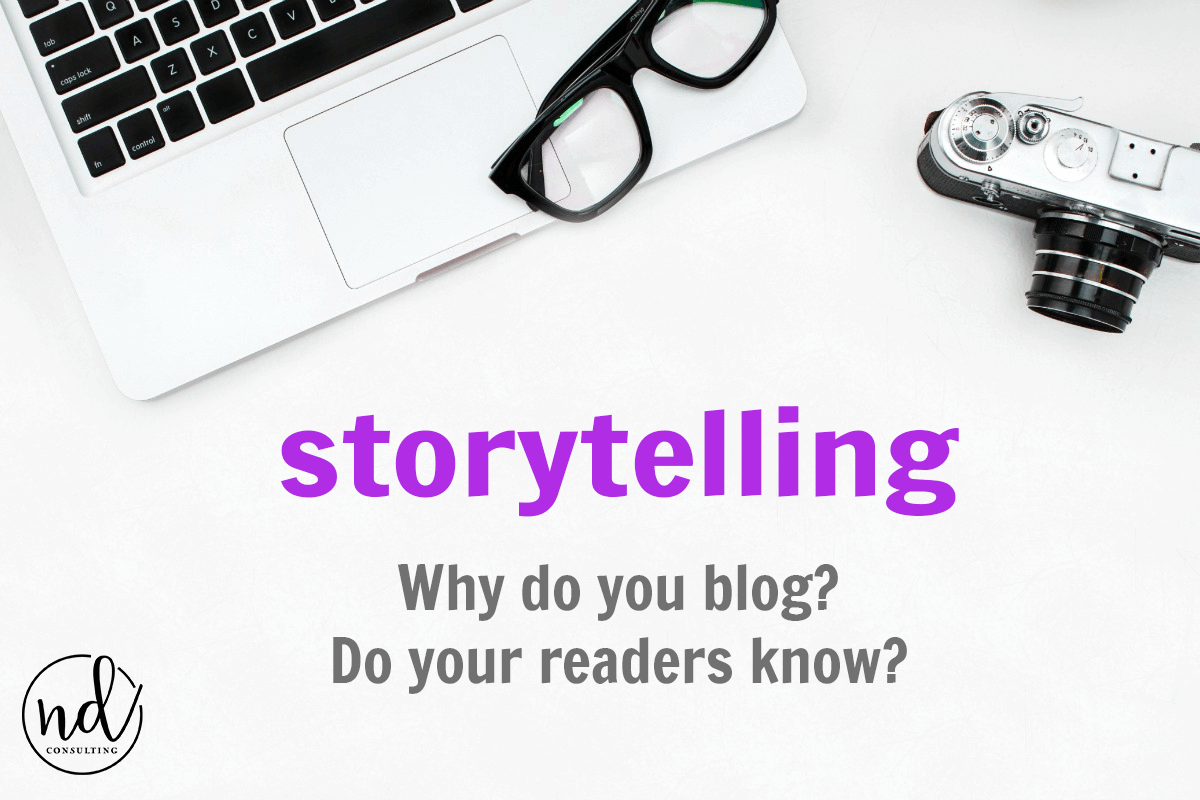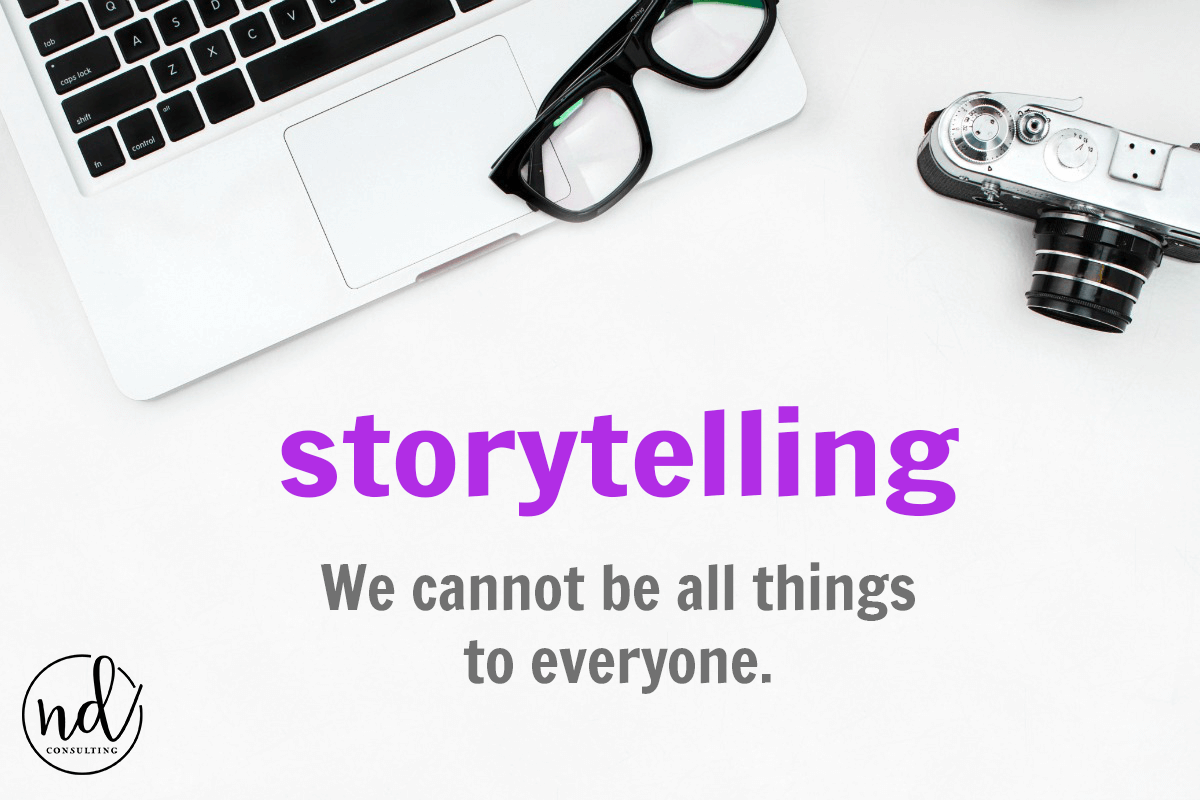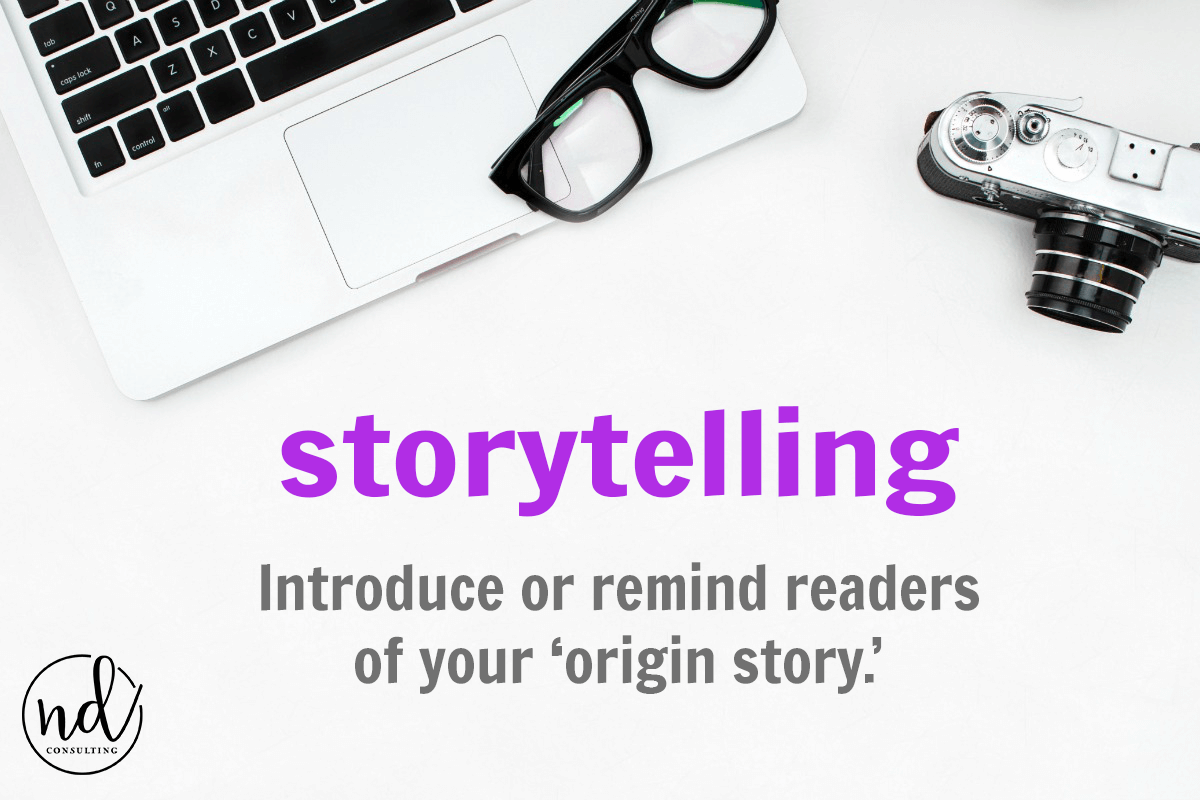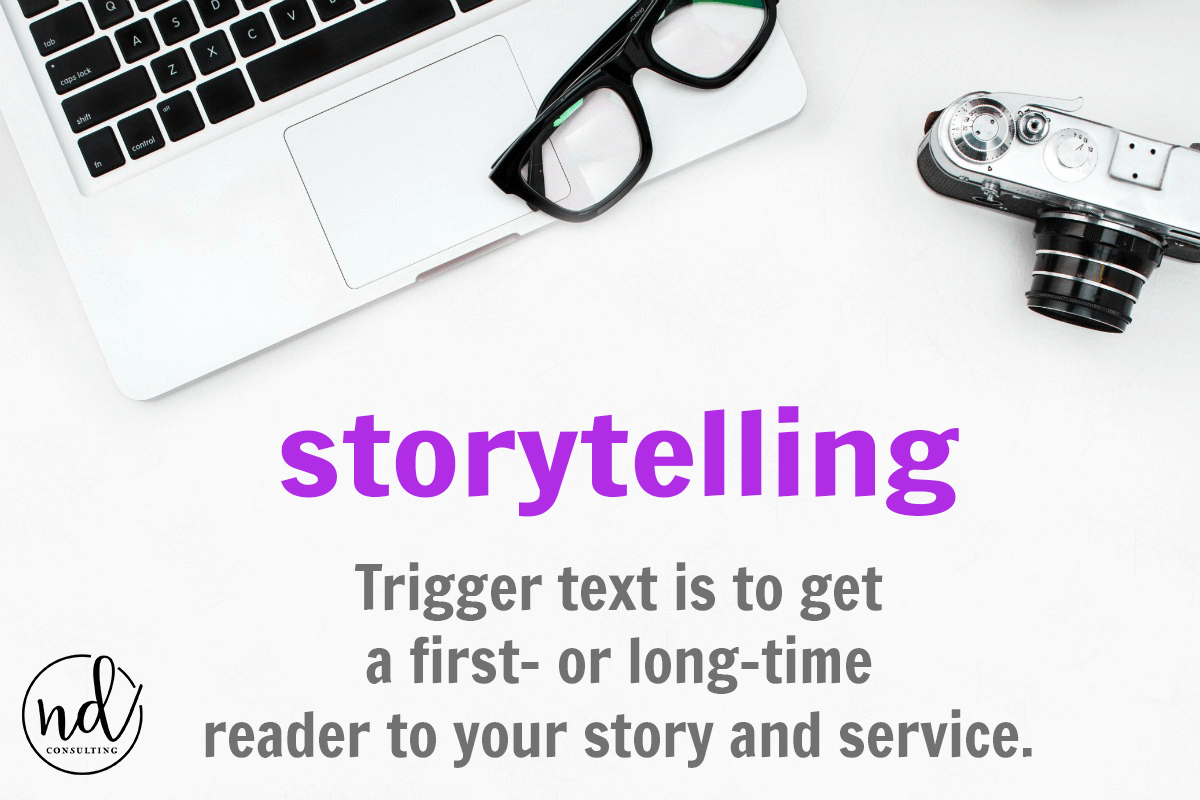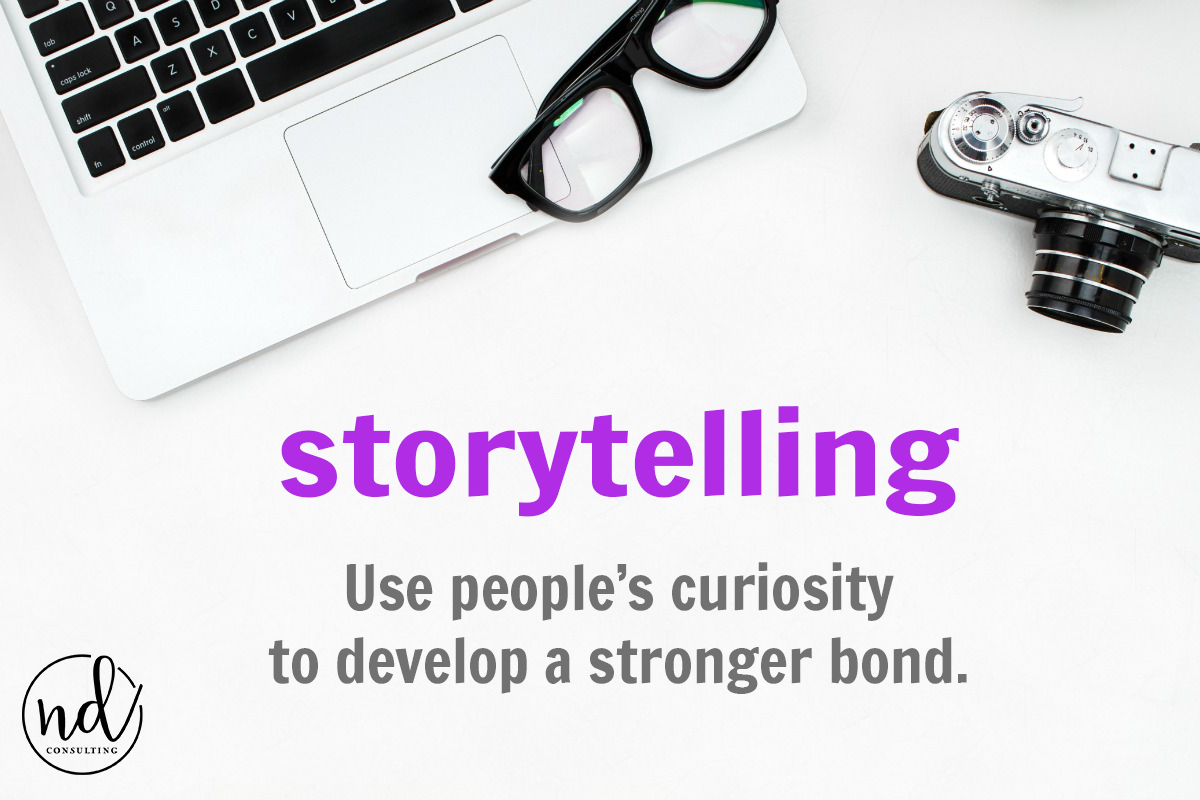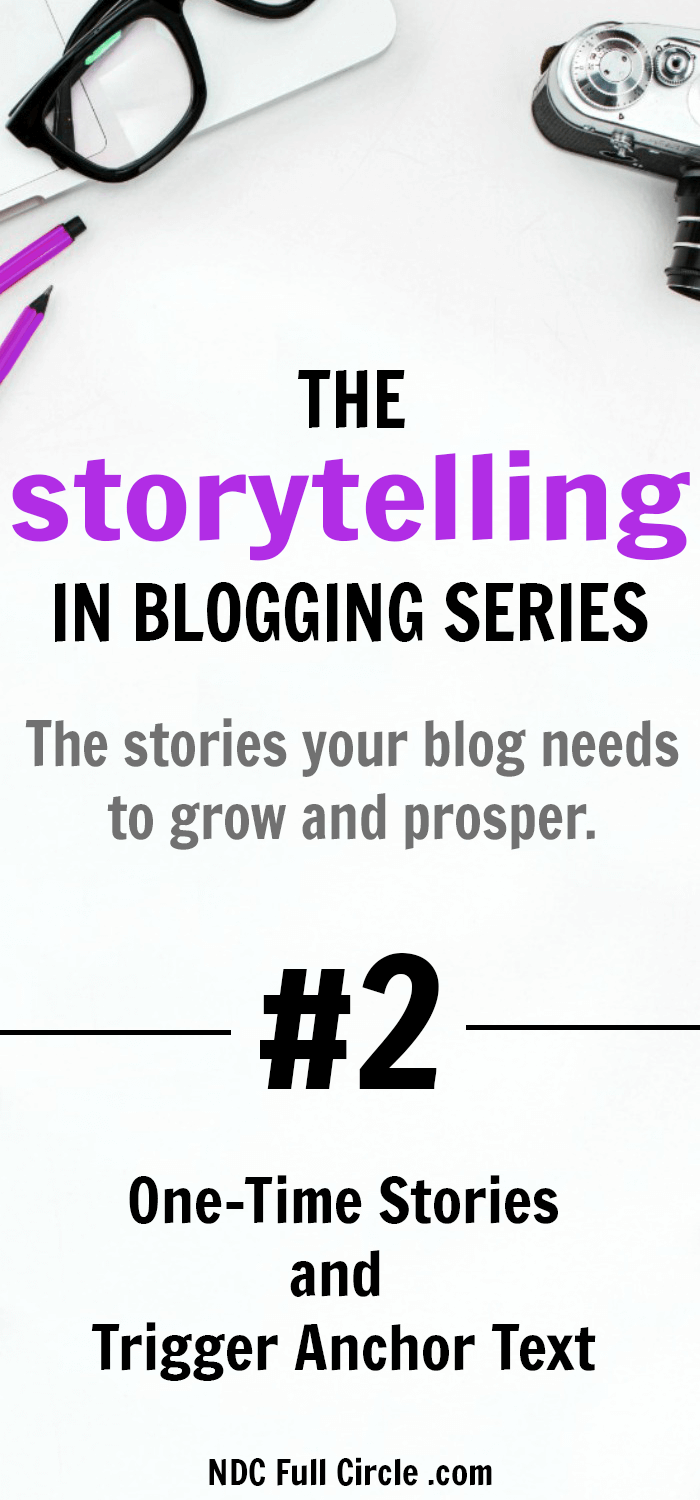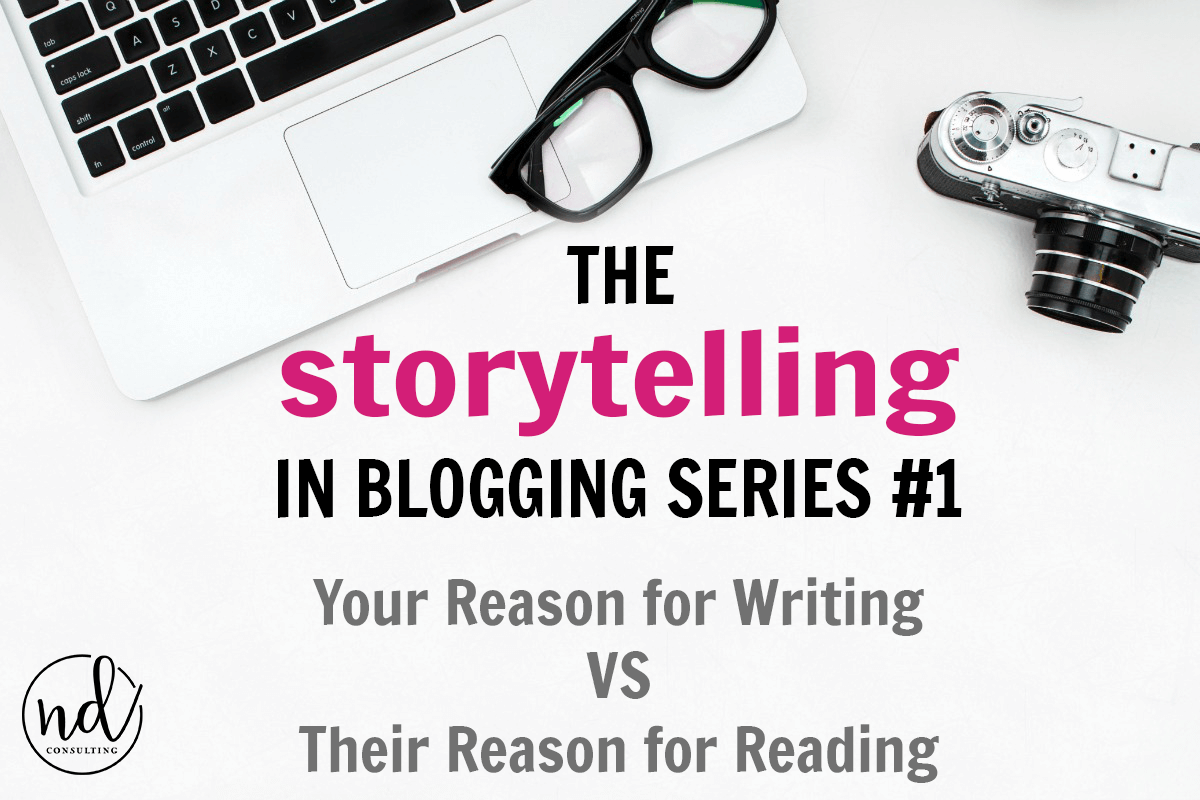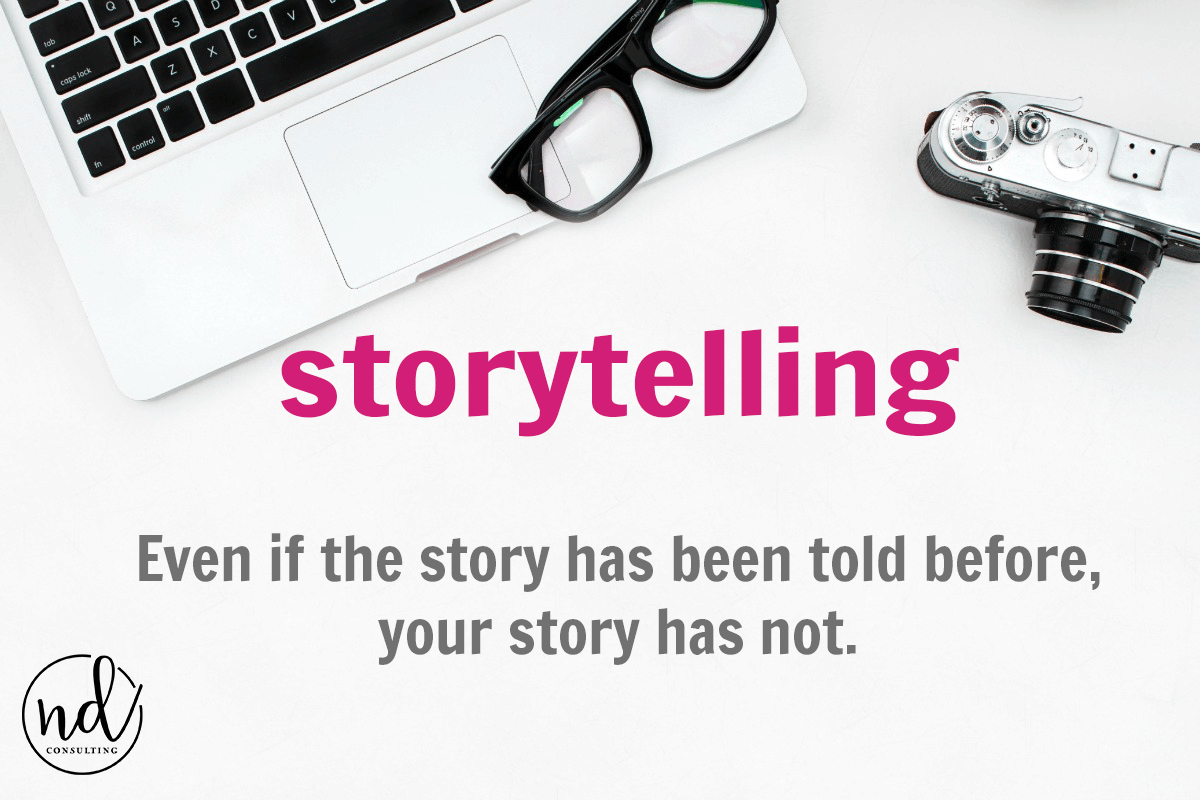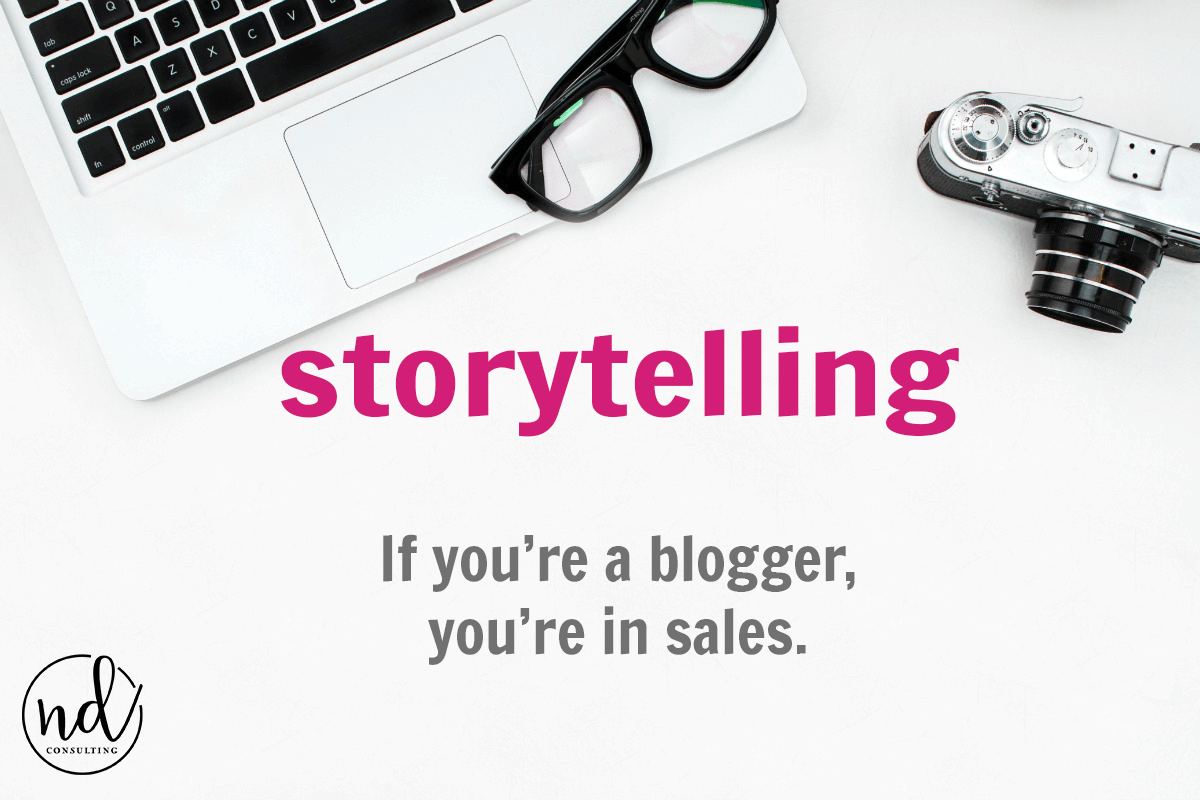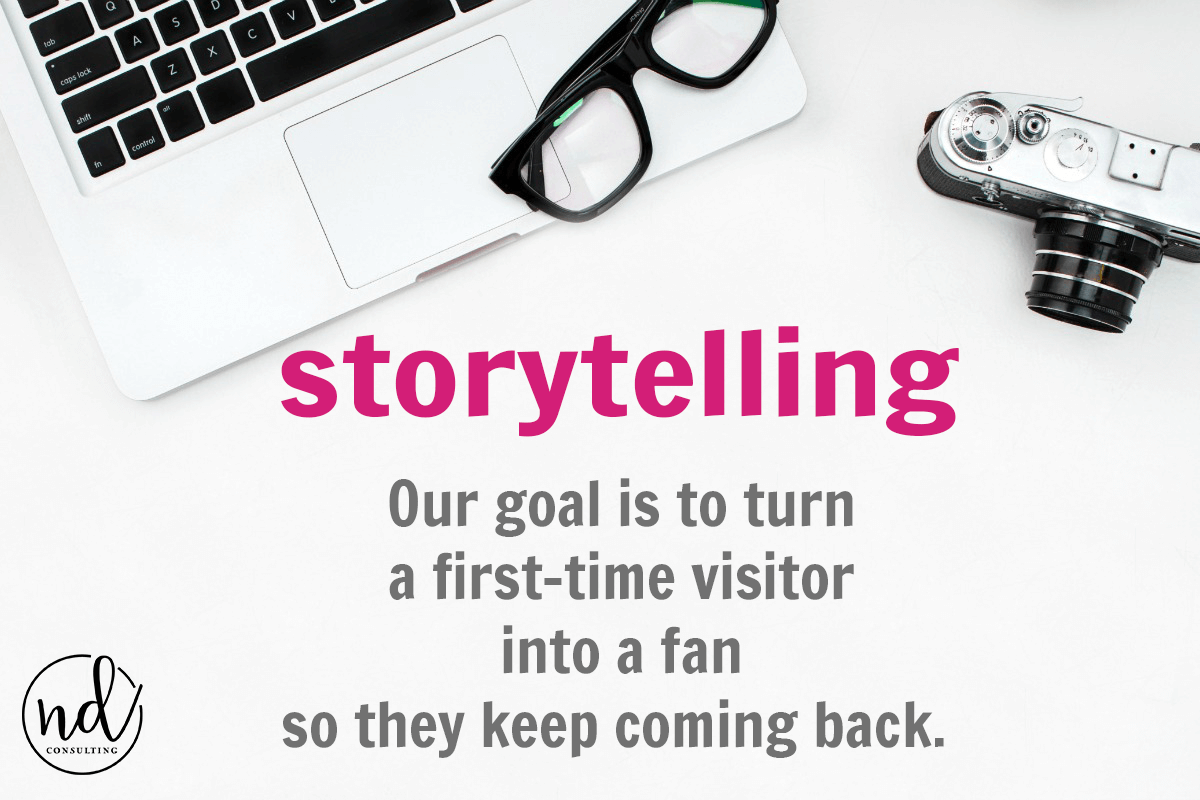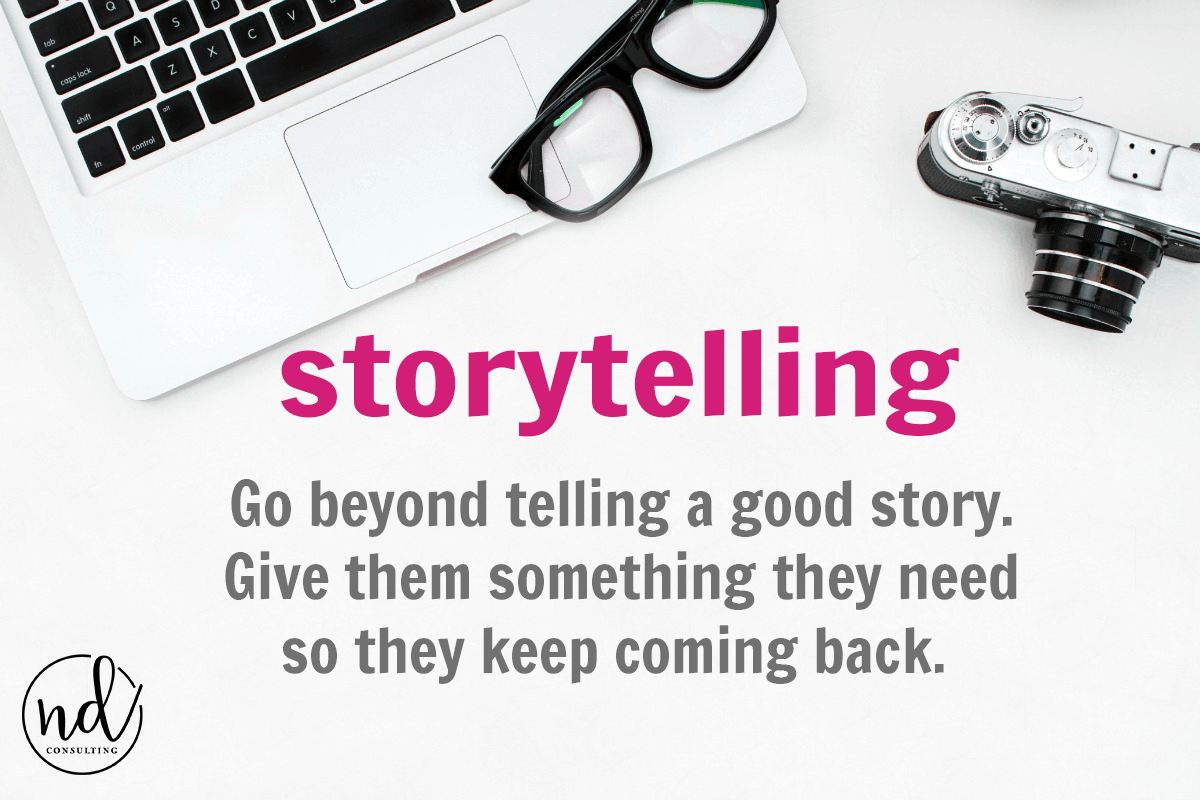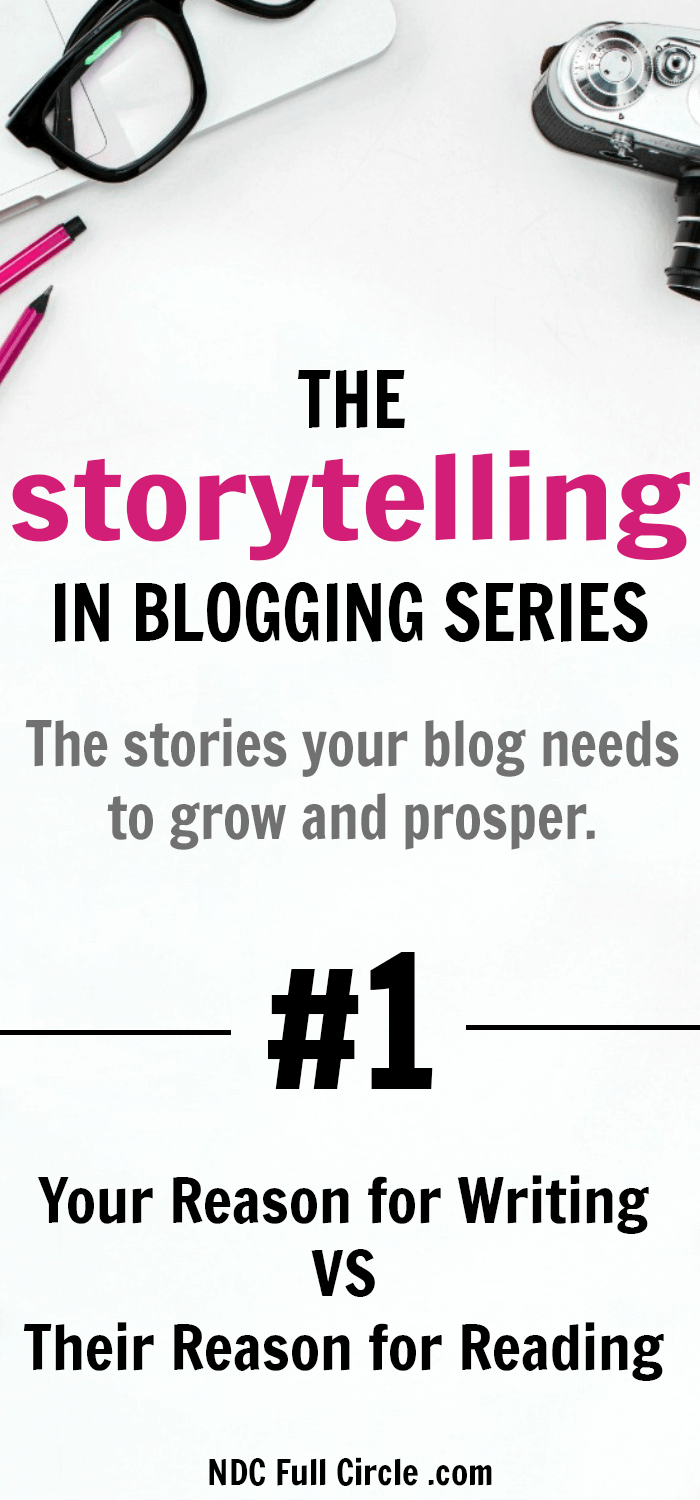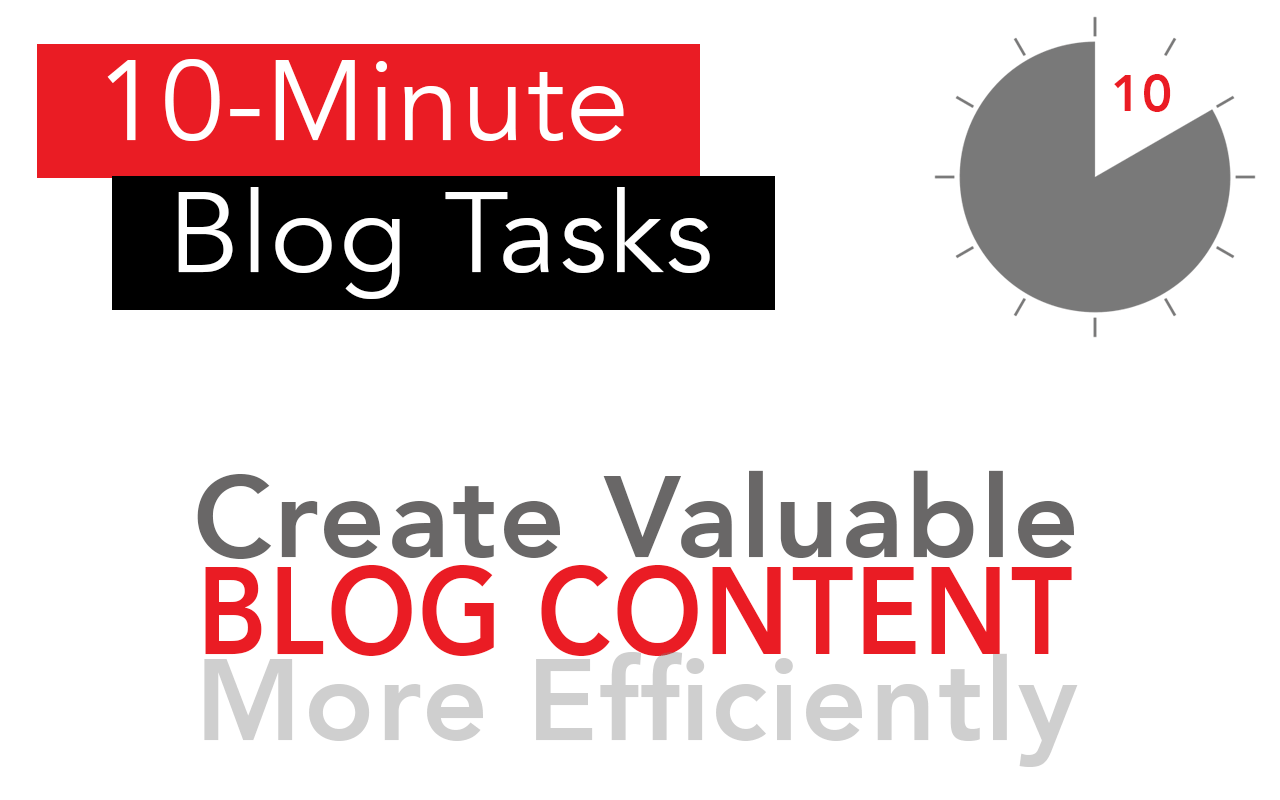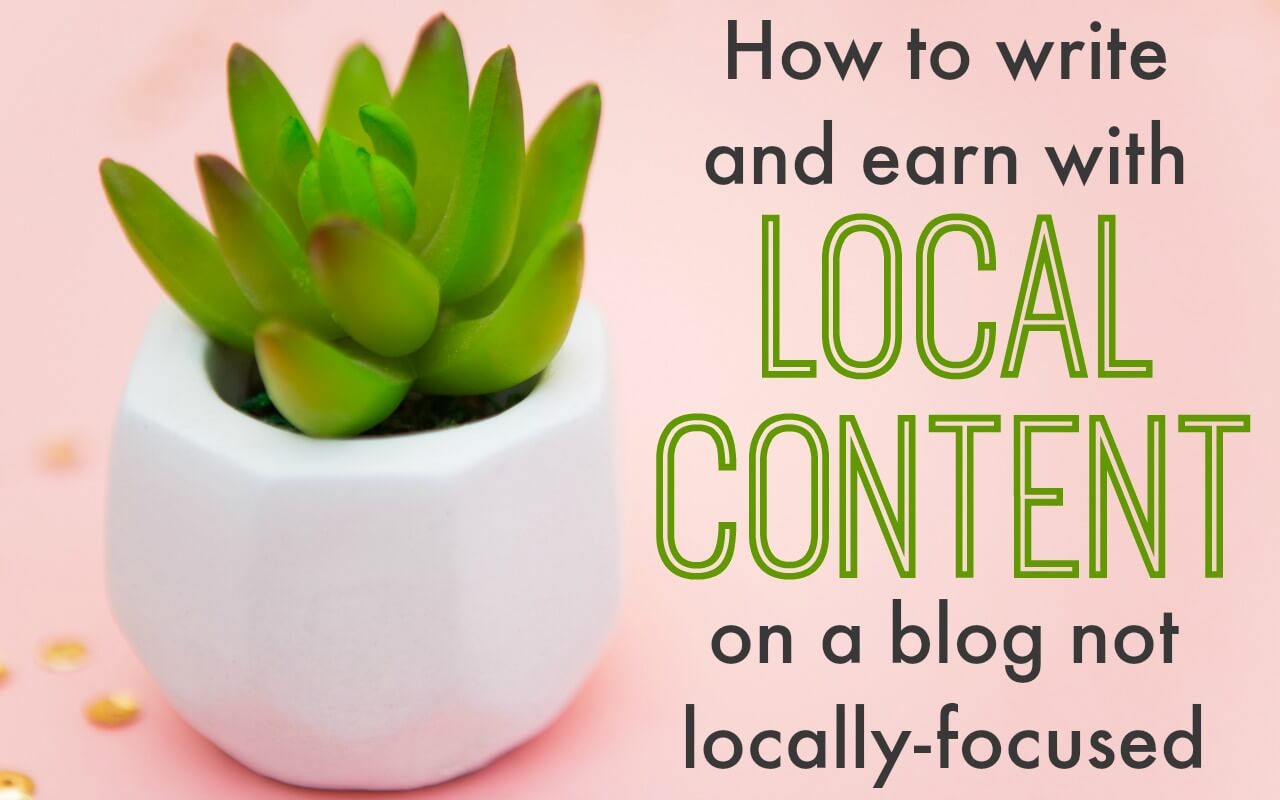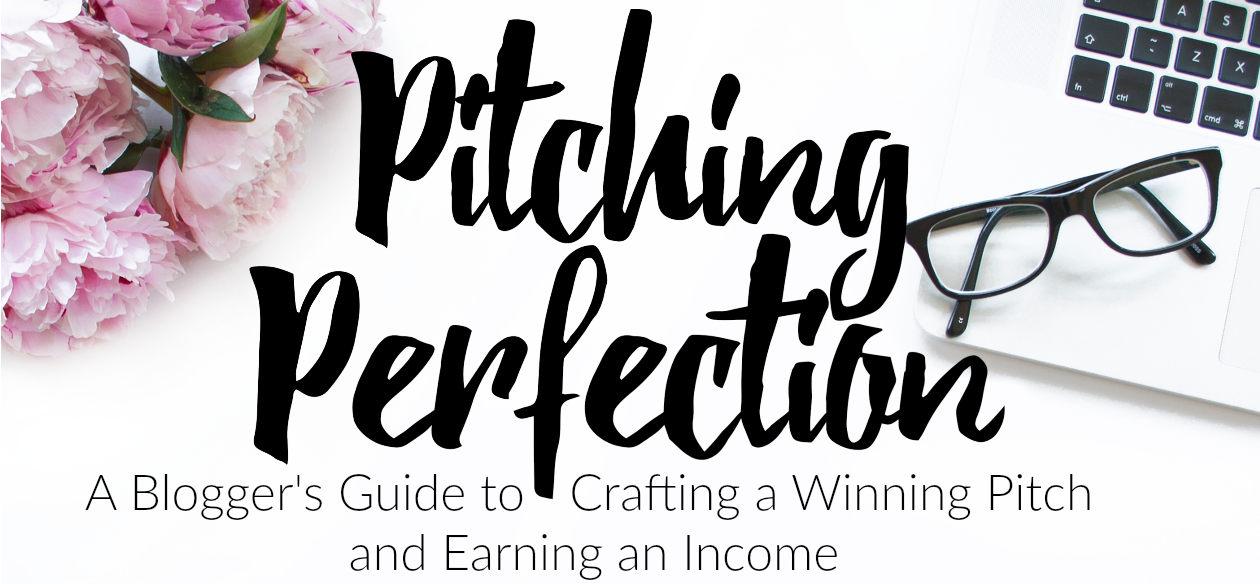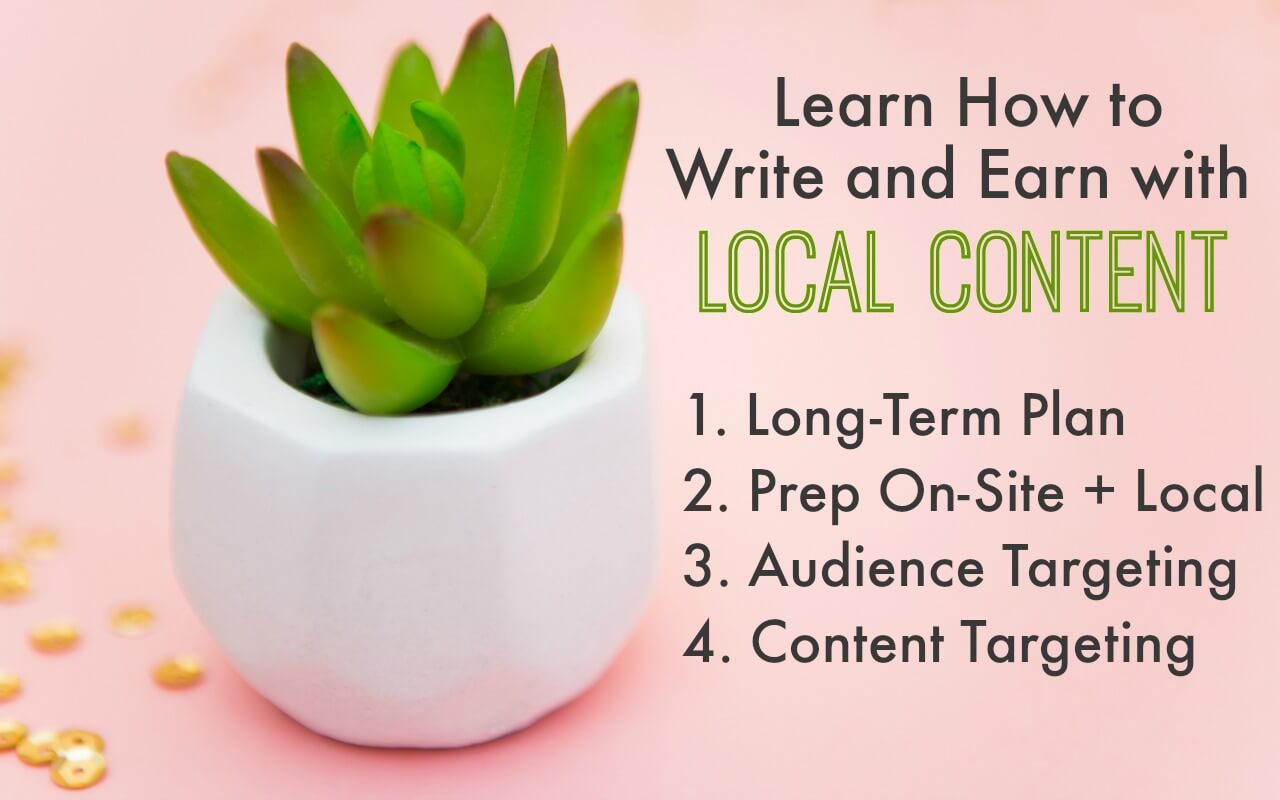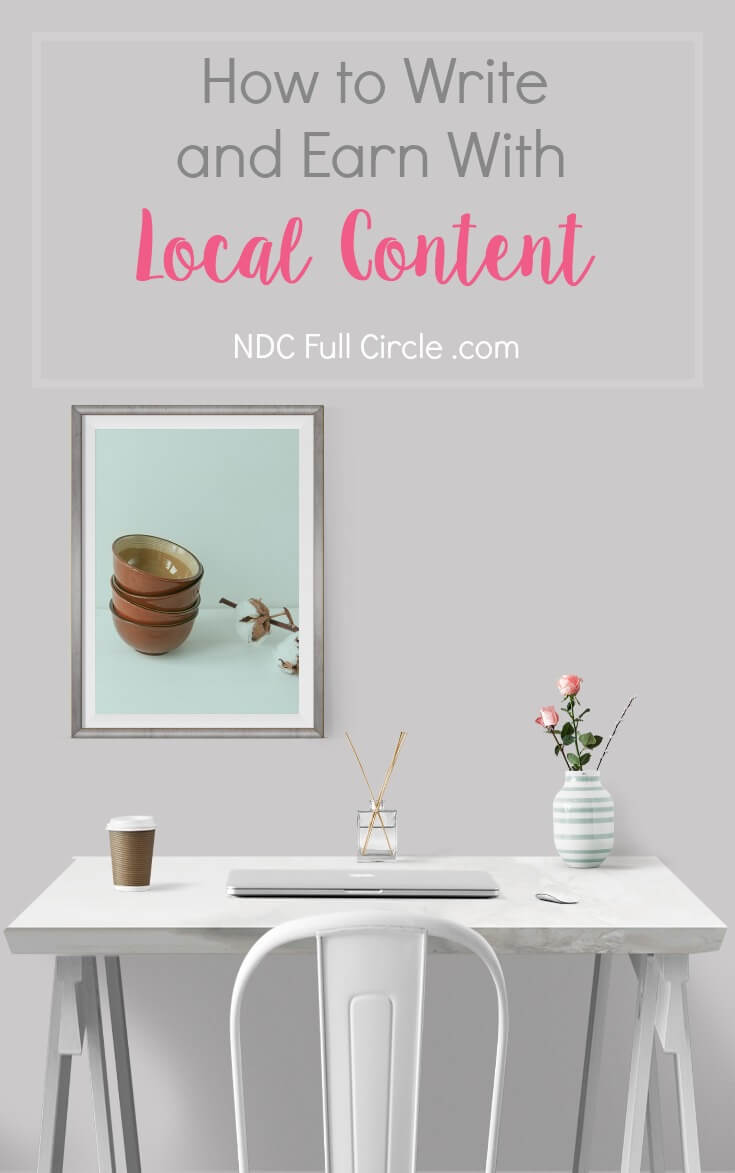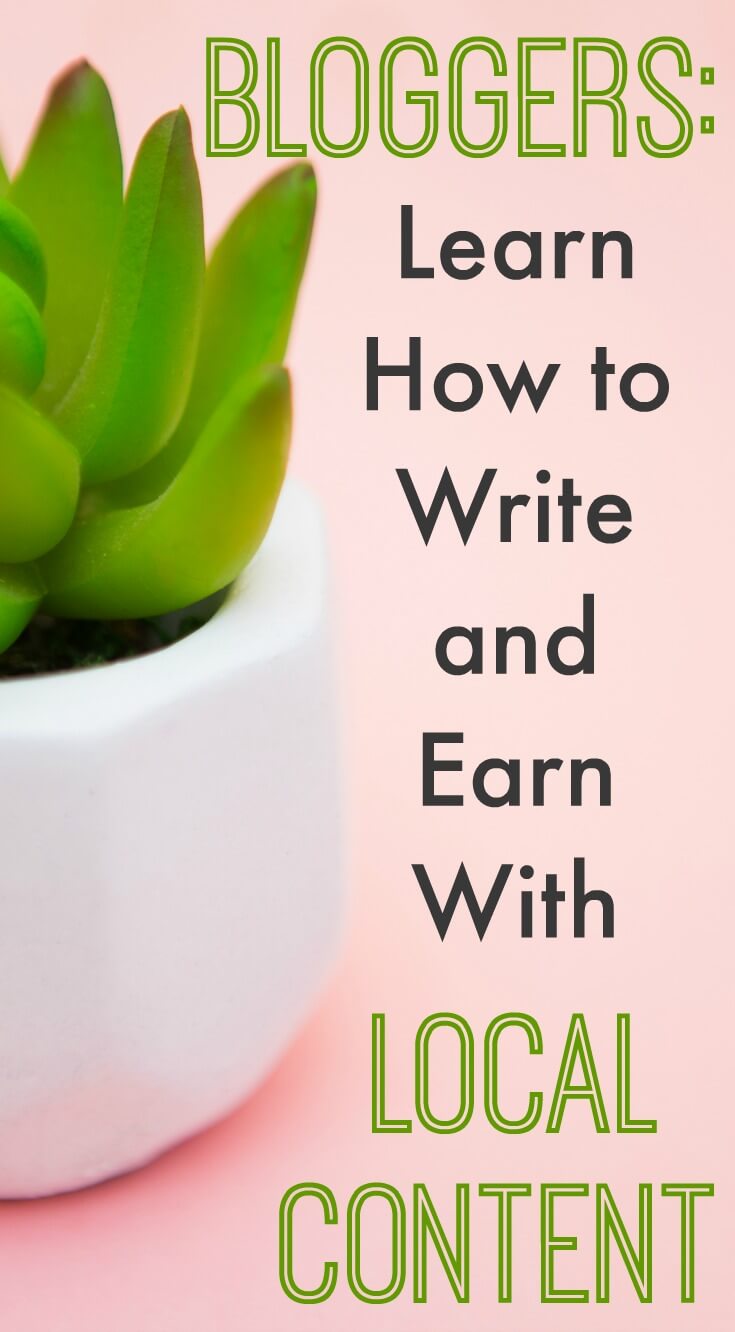The Storytelling in Blogging series is tackling why you should never write emotion and how introductions can determine whether or not someone keeps reading, shares your work, or leaves to never return.
The Power of Emotions
Today, my productivity was eviscerated. I read something on Facebook which was sad, heartbreaking, and honestly, something that just ticked me off. Why do people share articles of child molesters getting off without a day in jail?!
Stop.
Think about how you’re feeling and what your body has done.
When I’m on calls with clients, if I say something like that,
- brows furrow,
- smiles are erased,
- shoulders tense, and
- the body leans back.
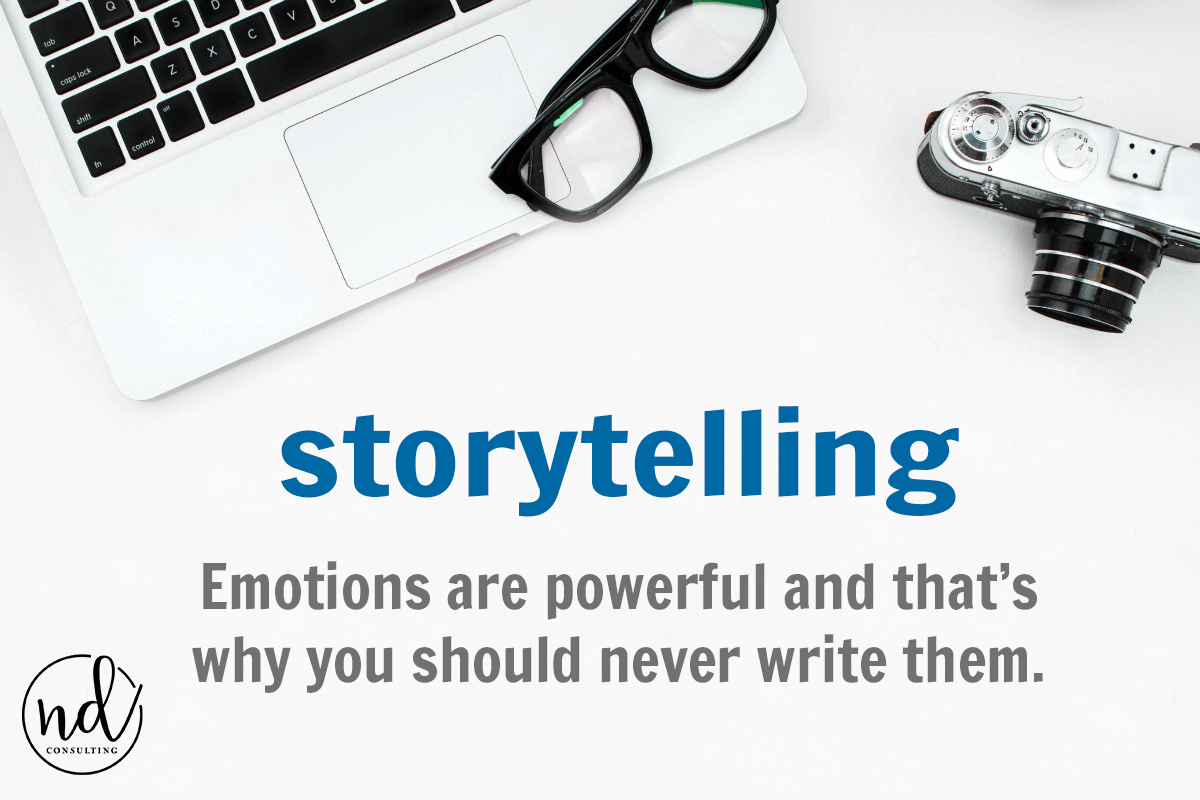
Emotions can send you into hyper-productivity or into an abyss of careless drudgery. They can draw you into a good book for hours (or days) or make you feel empty and listless when a good story ends.
Emotions can do the same for your readers. But you shouldn’t actually write about emotions…
To Convey an Emotion, Never Write Emotion
Introductions should be the most emotionally-filled sections of an article. After all, emotions are powerful and can keep a reader engaged but we should never write emotion in the introduction.
Okay, so “never write emotion” is a bit misleading. What I should say is don’t start with a description of an emotion, start with a story which makes the reader FEEL.
Wait, isn’t that the same thing?
No. This writing construction concept is commonly referred to as “show, don’t tell.” Although we need to be careful not to go overboard with the show, don’t tell concept, we’re going to highlight how to do it in 100 words so there isn’t a real risk of that.
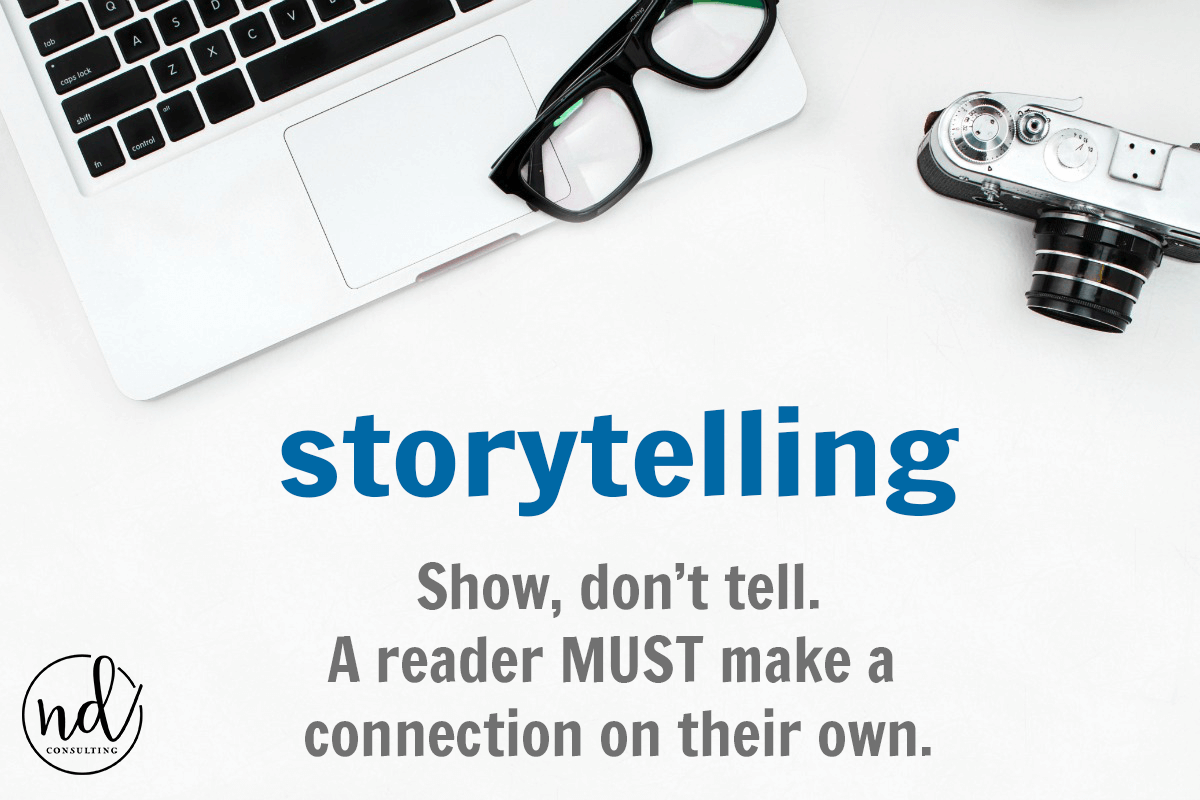
To simplify things: if you write, “She was angry,” you’re TELLING them to have an emotion, TELLING a reader how to feel. The opposite and more engaging method is to weave a story which drives a reader to feel. Describe a situation which makes her angry to draw your reader in.
Example:
TELL: “I was so confused. I couldn’t believe the horrible things the police officer was saying about my child. He was telling me the life I knew was over.”
Or…
SHOW: “There is no way this is true – not my kid. We’re good people, we go to church, we donate to charities… How did we miss this? His lips are still moving. This unfeeling detective talks while I say goodbye to my old, normal life.”
Which one makes you FEEL the character was confused? Which one makes you want to find out WHY this person is losing the life they knew?
Positive and negative emotions are equally powerful. Consider positive emotions such as confidence, excitement, happiness, hopefulness, inspiration, and humor. A few negative emotions are anxiousness, anger, loneliness, fear, confusion, and outrage.
Action: Rewrite 100 Words
Go to a post of which you’re proud but didn’t receive the traffic you believe it should have. Evaluate your story by asking yourself: did I break the rule “never write emotion?” Is there a way I can rewrite the first 100 words in order to follow the ‘show, don’t tell’ practice?
Now, let’s talk about how you might convince yourself you can’t do it.
Niche-Specific Excuses are Bulls–t!
Sorry for the harsh language there, but many clients in the food, craft, and fitness niches tell me they can’t tell a story. After all, they’re just making a pie, a candle, or a workout.
That’s lazy writing. No one will accept someone can’t jot down a 100-word story to introduce their article. Note – I’m not talking about a 100-word introduction, I’m saying a 100-word STORY.
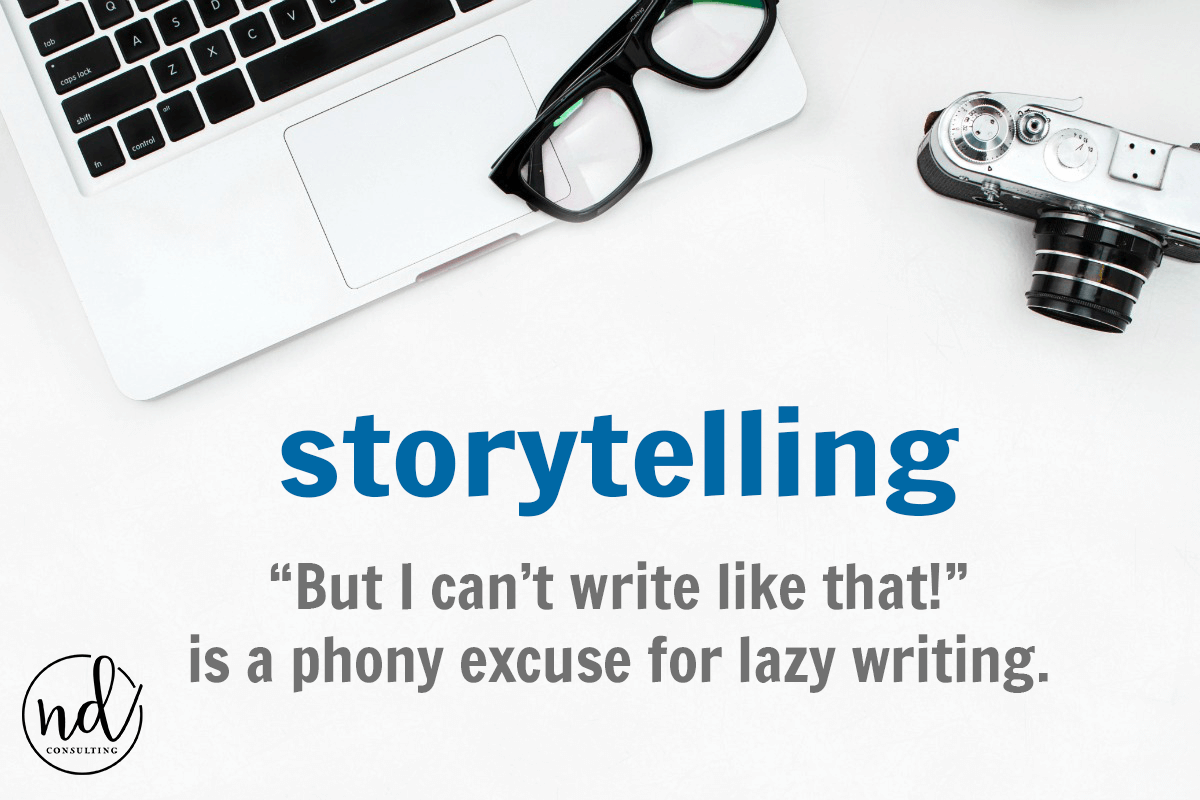
In the previous storytelling in blogging article, One-Time Stories and Trigger Anchor Text, I introduced the stories we need to tell and how to get people to read them. Those stories are about us, sure, but they must be written considering a reader’s reason for reading, which was the first article in the storytelling in blogging series.
When we consider the audience’s reason for reading, it’s clear why we should never write emotion. We want to connect so we must write to elicit feeling, allowing them to develop a connection.
Remember, your story it doesn’t have to be a long, rambling tale. Here’s an example in about 100 words.
An Example of “But I Can’t Write Like That!”
This is an example I worked on with a client in 2016. While her lifestyle blog was receiving a decent amount of traffic (500k page views a month), she said her food posts were mostly only recipes because “no one wants to hear a story about food.”
{Did you hear that pin drop?!}
After retrieving my jaw from the floor, I asked her about her next food article: tuna casserole. In 10-minutes we wove a brief introduction, designed to trigger a feeling of growing up in a time where everyone knew their neighbors (National Good Neighbor Day was approaching).
“A warm tuna casserole reminds me of Tuesday nights when I was 11. Dad would go to his lodge meetings and Mom would have “Bingo Buffet” with many ladies in the neighborhood. Every Tuesday evening, at 6:30 on the dot, Mrs. Porter would add her ‘famous’ tuna casserole to the buffet.
That tuna casserole said friendship. A tuna casserole meant we – all the neighbors – were invested in each other. That tuna casserole was a show of neighborly love.
Mrs. Porter, however, would pinch my cheeks. Hard. She doesn’t rank as high in my memories as that comforting casserole.”
Sure, there was A LOT more to that story. There were other Tuesday Tales: of sneaking an extra portion, the neighbor kids fighting for the last piece, and even that time when she put an uneaten piece of tuna casserole under her bed to save for later.
I shudder.
Those additions can be woven into the piece while keeping in mind the emotion and goals for the article. We are interested in crafting a story with the first 100 words.
Any Content Can Begin with an Emotional Story
I took this challenge to a mastermind I’m in: for what content do you have the hardest time writing introductions? In a group of 6, they all came back with roundups as the most difficult piece of content for which to weave a story.
When I asked for a difficult topic, Melanie proposed a roundup of “30 of the Best Ways to Talk to Your Kids About Sex.”
Okay, challenge accepted…
But before we could even talk about the introduction and the “never write emotion” concept, the ladies in the mastermind jumped into the structure of the article. “You could divide the post by “Mom Talk,” “Dad Talk,” “Sex Talk with Young Women,” “Having the Sex Talk with Tween Boys…”
This is a great division of links – for the reader, SEO, and your content’s organization. Structuring the roundup that way will also allow the reader to quickly identify with a group.
But is that where your article starts? Absolutely not.
We need to get them engaged first – they need to reminisce about their situation. Let’s tell them why this roundup is so important and why they really should read (and share) it. How?
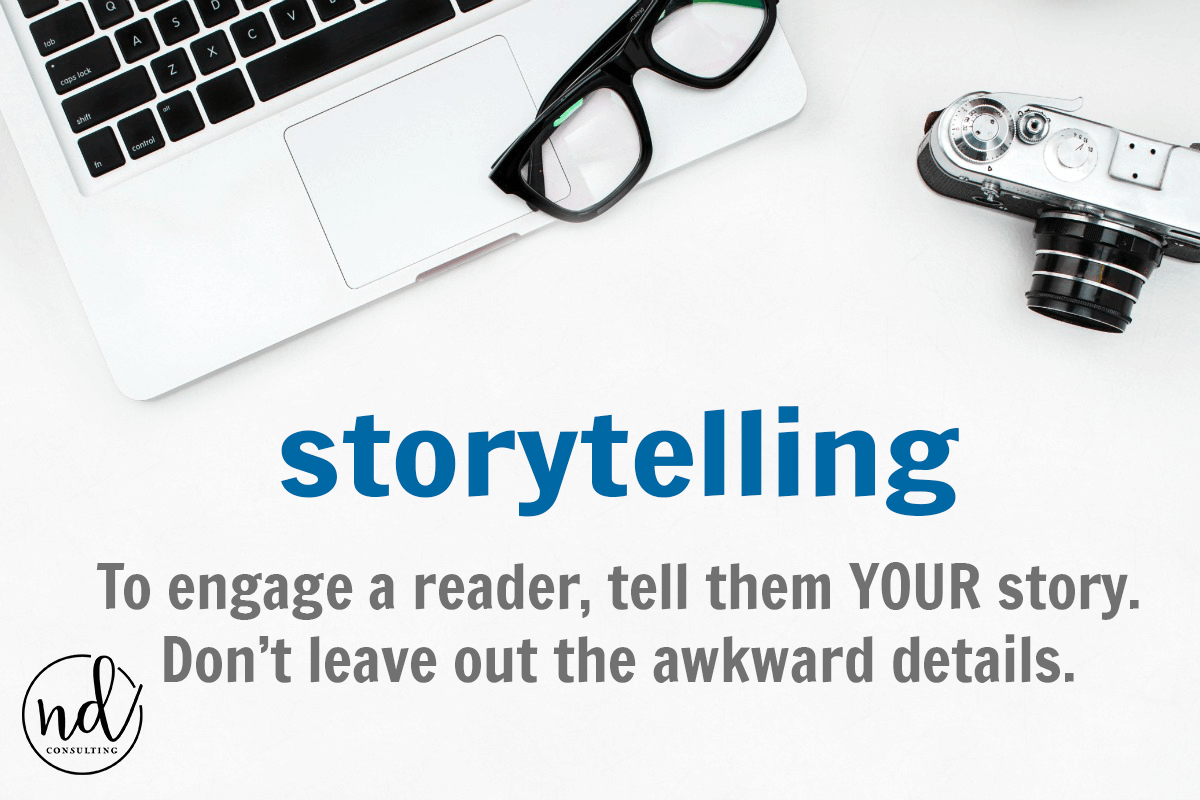
Tell them your story. Don’t leave out the awkward and embarrassing details of when you first had the talk. How old were you? Where were you? Who told you? Was it horrifically embarrassing? Did you even get ‘the talk’ or did you and your friends find a book in the library and flip through it during a sleepover?
One hundred words to engage a reader is not a long introduction. Remember, those 100 words will likely lead to someone sharing the article or not.
Action: Roundup
Find an old roundup post and consider how you could write the introduction to tell a story which prompts the reader to feel. But first, read this powerful (and short) piece on writing what moves you by Brandon Clemonts for Jeff Goins.
Takeaway and Tips
As content creators, we should never write emotion. The introduction is the ideal place to weave a story full of feeling. But remember, show, don’t tell.
Tip: end the piece with the feelings you want them to take away from your writing. It can either be the same as or provide resolution to the feelings raised in the introduction.
The Storytelling in Blogging Series
We’re still early on in the storytelling in blogging series. These are the bare-bones basics we’ll be covering:
- #1 – Telling the Right Story
- #2 – One-Time Stories and How to Use Trigger Anchor Text
- Why You Should Never Start Your Writing with an Emotion (and How to Write Instead) – this article
- Visual Storytelling (Using Images, Fonts, and Videos)
- How to Use Bucket Brigades in Storytelling for Posts and Sales Pages
- How to Use Storytelling Off-Site
Over to You
I know this section was meaty and this was a lot to read. The concept, however, is easy to implement: never write emotion. Open your writing with a strong introduction to allow a reader to develop a connection.
Please pin this to your blogging structure or content development board on Pinterest. Your shares are how we grow.
